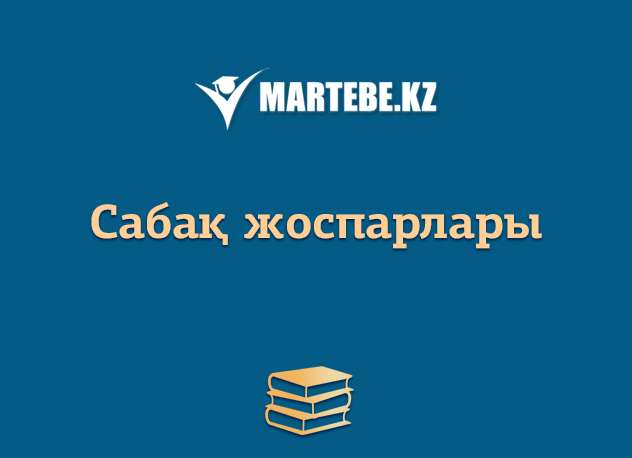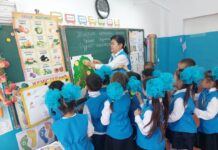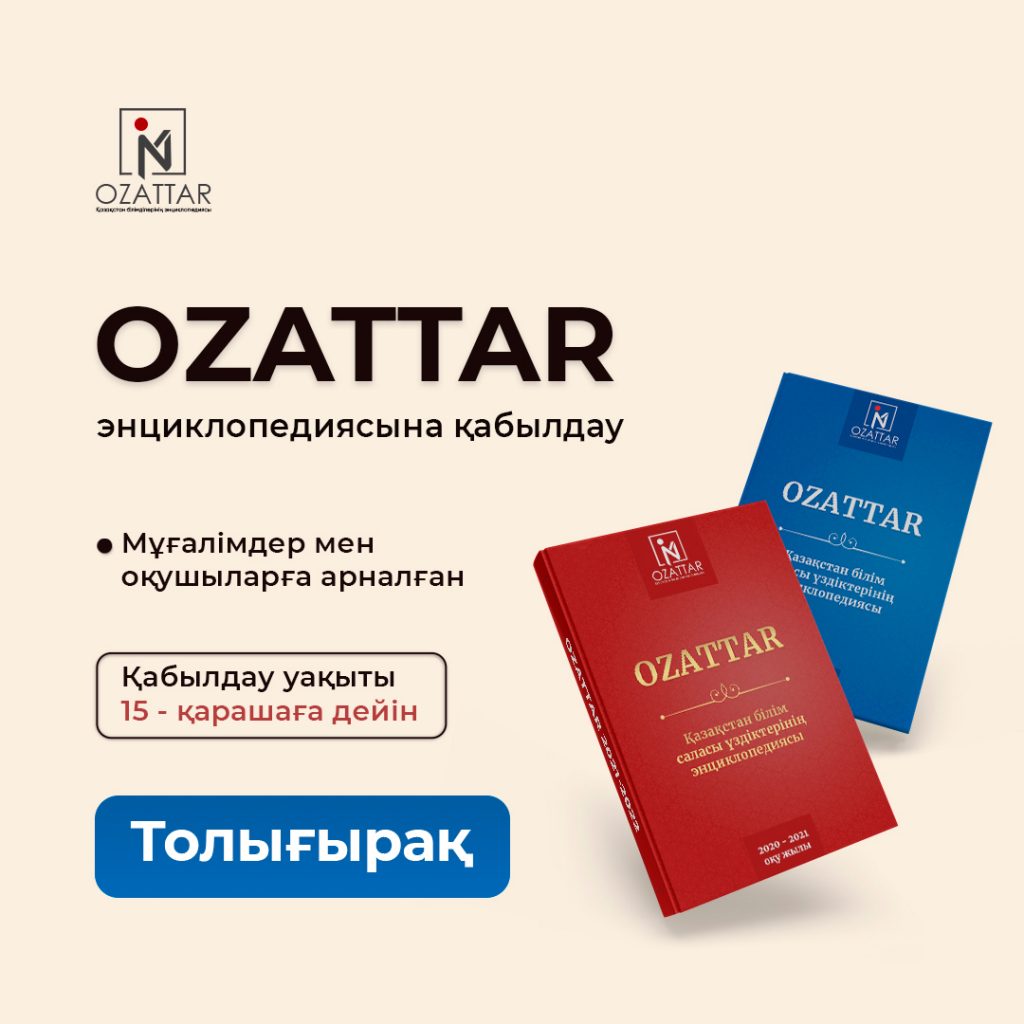| Long-term plan unit: Home and away | School: | |||||
| Lesson 3 | ||||||
| Date: 05.09.2018 | Teacher name: | |||||
| CLASS: 5 | Number present: | absent: | ||||
| Theme of the lesson: Prepositions | ||||||
| Learning objective (s) that this lesson is contributing to | revise prepositions, classroom objects, this, that, these and those. | |||||
| Lesson objectives | All learners will be able to: name classroom objects | |||||
| Most learners will be able to: remember all classroom objects | ||||||
| Some learners will be able to: ask questions about classroom objects
|
||||||
| Success criteria | 5.5.3.1- write with support factual descriptions at text level which describe people, places and objects
5.5.8.1-spell most high-frequency words accurately for a limited range of general topics
|
|||||
| Value links | Labour and creativity, cooperation | |||||
| Cross curricular links | Kazakh, Russian | |||||
| ICT skills | ||||||
| Previous learning | Home and away | |||||
| Plan | ||||||
| Stages of the lesson | Planned activities (replace the notes below with your planned activities) | Teacher’s notes | ||||
|
Beginning
|
Using objects in the classroom, e.g. a book or a pen, elicit the prepositions in the box. Put the object in various places around the room and then ask: Where is it? Students say it’s on the floor, it’s in the bag, it’s next to the window, etc.
• Students work in pairs to do the matching exercise. • Check answers.
|
Answers
2 in front of 3 in 4 on 5 next to 6 behind |
||||
|
Middle
|
Classroom objects
2 • Read out the words in the box. Ask students to repeat them after you. • Check that students understand the words. • Ask students to identify the board in the picture and then ask them to work alone to find the remaining objects. (All the words in the box can be found in the picture.) • Students can compare answers in pairs before you check answers with the class. Check answers by pointing to the objects and asking: What is this? Game • Play Could you spell that, please? using the words in Exercise 2. • See Games Bank on page 28. 3 • Read out the example question and answer. • Students can work alone to complete the exercise. You could give weaker students the questions and ask them to write the answers. • Check answers. Refer students to the example and then ask them to work in pairs to do the activity. • To extend this exercise, you could ask students to work in pairs to take it in turns to put objects in different places in the classroom and ask where the objects are. this, that, these and those 5 • Write this, that, these and those on the board. • Using objects in the classroom, illustrate the difference between the four words. For example, hold up a pencil and say: This is my pencil. Point to a student’s pencil and say: That is Danuta’s pencil. Hold up some books and say: These are my books. Point to some books belonging to a student and say: Those are Gabriel’s books. • Complete the first sentence with the class as an example and write the sentence on the board. • Model more sentences using this, that, these and those by holding up and pointing to objects in the classroom. • To extend this exercise, you could ask students to work in pairs and take it in turns to point to and describe objects that are both near to and far away from them. • Monitor while students do this. Check they are using the words correctly. |
Suggested answers
2 Where’s the white rubber? It’s next to the ruler. 3 Where’s the red pencil? It’s next to the notebook. 4 Where’s the board? It’s on the wall. 5 Where are the books? They’re on the bookshelf. 6 Where’s the laptop? It’s in front of the board. 7 Where’s the bag? It’s behind the desk.
|
||||
|
End |
Play bingo to test students on the /ɪ/ and /i:/ sounds.
• Ask students to draw a 3×3 square in their notebooks. • Write the following list of words on the board: this, these, ship, sheep, it, give, eat, leave, bin, hit, sit, seat, his, cheese. • Ask students to choose nine words to write in their square. • Call out words from the list and make sure you keep a note of which words you call out. • If students have their words in their square, they tick them off. A student says Bingo! if he or she thinks you have called out all nine words that he or she has in their square. |
|
||||
| Set Exercise 6 on page 3 and Exercises 1 and 2 on
page 4 of the Workbook for homework. |
||||||
| Additional Information | ||||||
| Differentiation — how do you plan to give more support? How do you plan to challenge the more able learners? | Assessment — how are you planning to check learners` learning? | Health and safety check ICT links | ||||
| More support will be given to weaker learners by giving them a modified worksheets in some tasks with greater support | -through questioning and the redirecting of questioning in feedback activities
-through observation in group and end performance activities -through formative task
|
-White board and video is used no more than 10 minutes
-Use water based pens -Health promoting techniques -Breaks and physical activities used. -Points from Safety rules used at this lesson. |
||||
| REFLECTION
|
Answer the most relevant questions to reflect on your lesson.
Were the lesson objectives/learning objectives realistic? What did the learners learn? What did/didn’t you like? What was difficult? |
|||||





